Better than any wrong chemicals on your board are no chemicals at all.
You are talking about spraying the board after soldering, which is actually no solder mask but something in the direction of conformal coating, except there's nothing conformal about it when you don't use a coating specifically designed for this purpose. Painting or coating a board after assembly is very critical and you have to pay big attention to any component that doesn't want foreign material somewhere inside - most prominently connectors, switches, piezo buzzers and potentiometers.
Keep in mind that the materials used for solder mask, lamination, coating and whatnot are usually carefully chosen to not interact with each other or with anything else on the board - flux, components, various metallic alloys, ...
Also, different thermal expansion properties are a huge issue: A coating that expands a lot when hot will kick away any components that happen to be in its way.
Expansion of your coating may also happen if it is hygroscopic (has the tendency to trap water molecules inside of its own molecular structure).
You may end up having a board with copper traces or component connections corroding away as time passes, and this effect may be worse compared to a board with naked copper traces.
Also, as you mention, flammability is an issue - and acrylic paint or glue is usually flammable to the max. (Ask a PCB shop that does flexible/rigid PCBs. They would love to use acrylic glue to attach the flexible polyimide layer to the rigid FR4 material, because acrylic glue has fantastic mechanical properties, but without adding tons of nasty, flame-retardant chemicals, the acrylic glue would be prone to start a hell-fire.) In addition, I highly doubt that the spray paint you mention is able to withstand temperatures you would need when repairing the board. The paint may become charred, and this means you release carbon from its organic, polymeric molecules. Carbon is conductive, so pretty much anything that looks burnt on a piece of electronics will create unwanted shunt resistors and thereby modify the original circuit, to put it in a careful way. Once the unwanted carbon resistors are so low-ohmic that they dissipate more and more power as current is continuously fed towards them, they are a good recipe for disaster.
With no solder mask, NiAu or Sn coating over all the copper on your board would be a good choice.
Here's an example of a board with no coating and NiAu on the traces:
 (source)
(source)
This is a piece of excellent HP test equipment, there's nothing cheapo about it. (Note how there's another board with solder mask in the picture.)
The process is called ENIG (electrodeless nickel, immersion gold). Immersion tin (Sn) is also not bad, and can be done by hobbyists.
I've searched some more, and here's an example of a board with tinned traces and no mask or coating:
 (source)
(source)
Again, from a piece of equipment built to last for decades (HP 5245L Frequency Counter, I happen to have two of them and they run like new after some fixing effort).
Alternatively, there are sprays for this exact purpose, often with material similar to flux.
If it's just a small board, you could also use a soldering iron and solder wire to carefully cover the traces with tin. Just be careful to not overheat the board - the traces might delaminate. A temperature below 350°C on the tip of your soldering is a very good idea! Excessive tin can be wiped away with silicone rubber (available in the form of insulation tubing) while still hot or removed with solder wick. The ugly remains of flux can be washed away using cheap alcohol from a drugstore.
Something quite similar is available on the market: You can order ready-made boards with a HAL surface. HAL, in this case, is not a super-computer on a spaceship, but means "Hot Air Leveling": The board is entirely dipped into hot solder and hot air is used to blow away excessive solder after the dipping process. These boards are made by the millions and millions, mainly for consumer products. Compared to chemically deposited surfaces like ENIG (NiAu) or immersion Sn, this is simple and cheap, but has the disadvantage that you won't get very even pads (important for BGA or QFN packages) and you apply quite a lot of thermal stress on your board because you dip the entire board in liquid metal: Through-hole copper vias are stressed and may break and the core may delaminate. However, I bet you have dozens of these boards in your home.
 (
( (
(